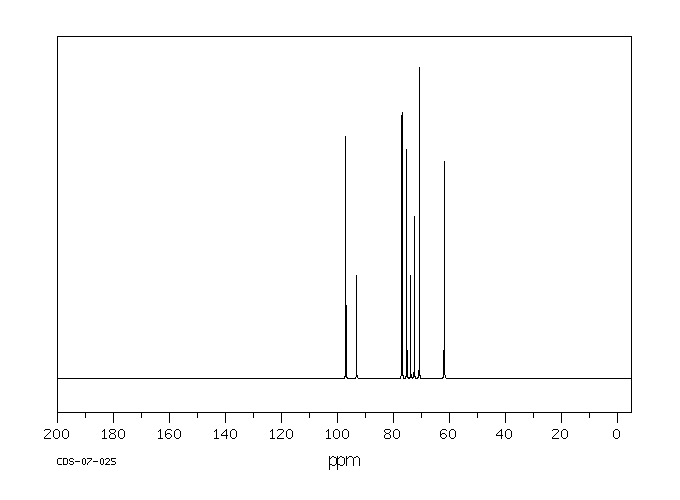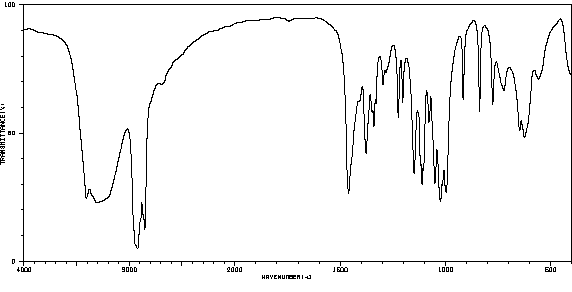毒理性
未治疗的一型或二型糖尿病患者血液中葡萄糖水平非常高。长期的葡萄糖过量会对许多细胞和器官的结构和功能产生毒性影响,包括胰腺和胰岛细胞。已经提出了多种关于葡萄糖毒性作用的生化途径和机制,包括甘油醛自氧化、蛋白激酶C激活、甲基乙二醛形成和糖基化、己糖胺代谢、山梨醇形成和氧化磷酸化。所有这些途径共同产生反应性氧种,过量并随着时间的推移,会导致慢性氧化应激,进而导致胰岛素基因表达和胰岛素分泌缺陷以及凋亡增加。内皮细胞暴露于高葡萄糖会导致GAPDH抑制,这是通过反应性氧种激活的聚(ADP-核糖)聚合酶通过聚(ADP-核糖)化GAPDH实现的。葡萄糖代谢的三个产物(乙二醛、甲基乙二醛和3-脱氧葡萄糖酮)通过与大分子和细胞外蛋白的氨基团反应,形成高级糖基化终末产物(AGEs)。AGEs在糖尿病继发性并发症的发病机制中发挥重要作用,特别是在视网膜、神经和肾脏的微血管疾病以及可能的胰岛中。糖化血红蛋白是一种特别重要的AGE。糖化血红蛋白绝对浓度增加1%,与心血管疾病风险增加大约10-20%相关。
Very high serum levels of glucose are found in untreated diabetic (type I or type II) patients. Glucose in chronic excess causes toxic effects on the structure and function of many cells and organs, including the pancreas and pancreatic islet cells. Multiple biochemical pathways and mechanisms of action for glucose toxicity have been suggested. These include glyceraldehyde auto-oxidation, protein kinase C activation, methylglyoxal formation and glycation, hexosamine metabolism, sorbitol formation, and oxidative phosphorylation. All these pathways have in common the formation of reactive oxygen species that, in excess and over time, cause chronic oxidative stress, which in turn causes defective insulin gene expression and insulin secretion as well as increased apoptosis. Exposure of endothelial cells to high glucose causes GAPDH inhibition through reactive oxygen species-activated poly(ADP-ribosyl)ation of GAPDH by poly(ADP-ribose) polymerase. Three products from glucose metabolism (glyoxal, methylglyoxal, and 3-deoxyglucosone) form advanced glycation end products (AGEs) by reacting with amino groups on intracellular and extracellular proteins. AGEs play important roles in the pathogenesis of secondary complications of diabetes, especially with regard to microvascular disease in the retina, nerves, and kidney and likely islets. Glycated hemoglobin is a particularly important AGE. A 1% increase in absolute concentrations of glycated hemoglobin is associated with about 10-20% increase in cardiovascular disease risk.
来源:Toxin and Toxin Target Database (T3DB)









